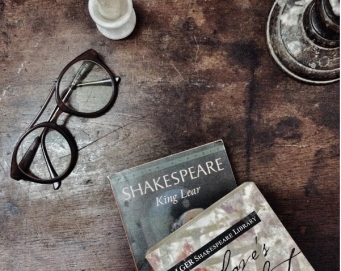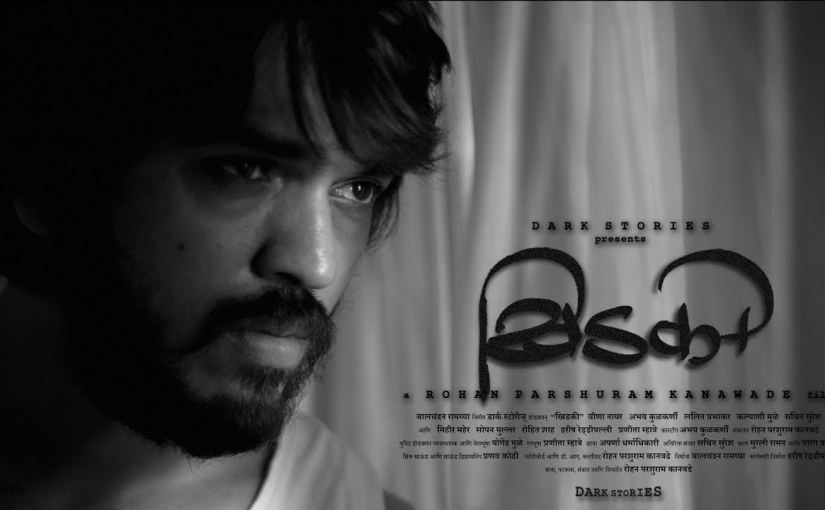Jumping into conclusions is one of the most favourite and most pursued habit of a lot of people. See, here when I make a statement full of judgement, I have already assumed something without even knowing the aforementioned ‘a lot of people’. That’s how easy judging others is.
When I recently got a chance to watch Khidkee, (thanks to Baithak at Kala Studio) a short film by Rohan Kanawade, it raised questions about so many things, but the most important being – judgements.
Khidkee is about two people staying across each other in different buildings. The common factor between then is the Khidkee (Window in Marathi) and what they see through it. Madhu – (Veena Nair), a middle-aged housewife stays at home to take care of her paralytic husband (Abhay Kulkarni). Their son is in the U.K. for higher studies. And across her flat, in the other building is Ashwin (Lalit Prabhakar), a filmkmaker working on his new script.
When Madhu is not taking care of her ailing husband, she looks through the window towards Ashwin’s apartment and can see how mostly how all the visitors are males, on the other hand, Ashwin looks through his window as sees multiple men visiting her and she offering them cash as they leave. Just these two things are enough for both of them to let their assumptions run wild.
In the times of prejudiced attitude towards everybody different from the mainstream, using deep and subtle visuals, the director has conveyed an impactful message and gets you thinking about how often and how easily we judge people knowingly or unknowingly. Madhu keeps talking to her husband in a leery tone about male visitors at Ashwin’s while Ashwin’s friend makes personal remarks on Madhu’s appearance.
We can connect immediately to both of the characters because if we were at their place, probably we would have been thinking in the same way. So, when we talk about judgement, it is always both ways. The one who’s being judged is also judging other people for some reason.
One of the best part about Khidkee is an excellent use of frames through out the movie. And I think those frames say a lot. Every scene has a frame and those perfectly represent our outlook towards people and life. Our upbringing, our social conditioning, our education forms the frames of our minds and those typical frames decide the way we look at the things that we come across.
The film ends at a perfect moment and provokes us to think and pushes our imagination. The movie is not over-the-top preachy, but it definitely makes you pause for a moment and introspect – about people, their lives, and our judgments.





